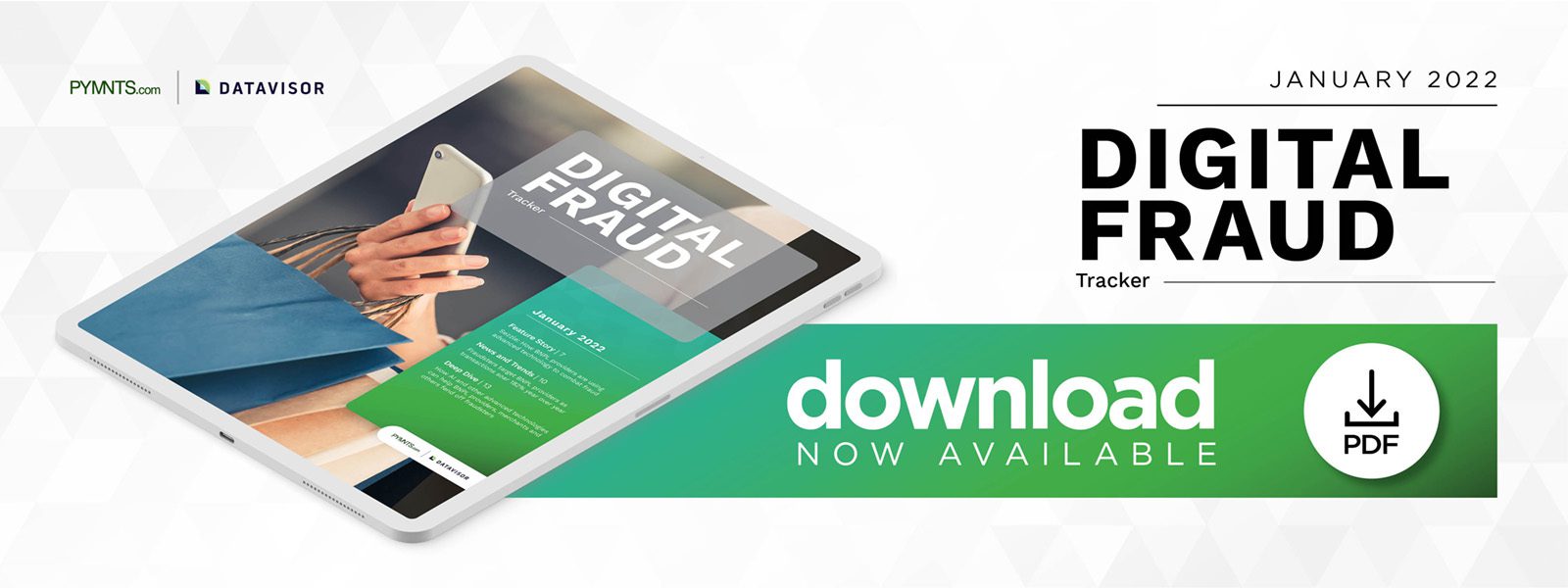Deep Dive: Why Preventing Fraud in Buy Now, Pay Later Transactions Requires Real-Time Solutions

The growth in buy now, pay later’s (BNPL) popularity has made fraud prevention an increasingly important subject for both providers and the merchants that offer it. Twenty-five percent of U.S. merchants already accept BNPL payments, and 46% expect to implement it as an option within the coming year, expecting greater sales, customer loyalty and larger cart sizes at checkout.
At the outset of the 2021 holiday shopping season, 12% of consumers said they planned to finance at least some of their purchases using BNPL, and many millennial, Generation X and Generation Z consumers planned to make BNPL their primary payment option for holiday purchases. A notable 45% of BNPL users — nearly half — said they intended to use BNPL for some or all of their holiday purchases, indicating just how popular it has become in recent months.
This month’s Deep Dive examines how BNPL has attracted not just consumers but also fraudsters, and it illustrates the vulnerabilities these fraudsters are drawn to exploit. It also looks at proactive steps BNPL providers and merchants can take to prevent fraud, stopping fraudulent activity as it is happening.
Vulnerabilities to Fraud Present in BNPL Transactions
As installment payment options have gained popularity, some of the largest BNPL players have experienced increased incidents of fraud. Individual fraudsters, as well as organized criminal networks, aim to exploit weak points in the processes through which BNPL loans are applied for and approved — and not just to purchase big-ticket items. Some fraudsters target small-dollar purchases, such as pizza or alcohol. The increased popularity of BNPL also has attracted bad actors who expect to remain undetected in a marketplace awash in transactions.
BNPL fraud targets many of the same features that make it such a popular option for consumers, such as lenient authentication mechanisms that are meant to reduce frictions for legitimate transactions. Fraudsters create fake accounts to exploit default lines of credit, often making purchases with stolen credit card information. They can even deploy bots to scale up such attacks.
Existing accounts can be even more profitable for bad actors, as a user with a good history can have a much higher credit limit with the BNPL provider. In those cases, fraudsters take over accounts through techniques such as credential stuffing, phishing and SIM swapping.
Securing BNPL Transactions Against Fraud
One of BNPL’s key vulnerabilities stems from providers, who have softer controls in place compared to the credit controls associated with banks and credit card companies. This can include a lack of credit checks prior to BNPL approvals. The method’s installment nature also enables fraudsters to acquire merchandise for a fraction of the retail price up front, increasing the buying power of stolen credit cards used in transactions. During special events or the holiday shopping season, for example, merchants and BNPL providers also may lower security checks to prevent lost sales to false declines.
BNPL providers, including Klarna and Afterpay, have worked to outwit fraudsters by putting prevention capabilities in place. According to Afterpay, fraud made up less than 1% of its global sales in fiscal year 2020, while Klarna said it has protections in place that exceed those offered by credit cards and large banks. Afterpay attributed its fraud prevention successes to proprietary machine learning (ML) algorithms that adjust as fraudsters seek new points of entry.
Tools that would more quickly identify mismatched email addresses and phone numbers could help stem BNPL fraud, as criminals often seek to exploit the lighter identity and credit checks associated with the payment method. Such procedures could be implemented without adding friction to the transaction, as could better verification standards that look at a user’s physical and digital attributes.
Replacing Reactive Solutions With Proactive Ones
Maintaining the positive customer experience that has contributed to BNPL’s popularity while stopping fraud requires systems that can respond quickly to fraudulent activity. Artificial intelligence (AI)-based fraud prevention tools can respond to threats in real time, identifying fraudulent transactions while they are in the process of being completed. Along with methods powered by ML, such processes can help identify borrowers’ personal documents and halt any suspicious activity before money is exchanged.
Providers may choose to partner with firms specializing in the use of AI for identity verification and authentication, and merchants can take their own steps to work with ML fraud prevention specialists to spot purchasing activity that follows fraudulent patterns. BNPL moves too quickly for fraud prevention methods such as labeling, writing rules and manual case reviews, with losses already showing by the time fraud is detected by such methods.
Real-time detection is needed to effectively stop BNPL fraud. ML can recognize fraud patterns even as they are emerging, while automated systems can enable fast, low-friction transactions that also are significantly protected against fraud.
